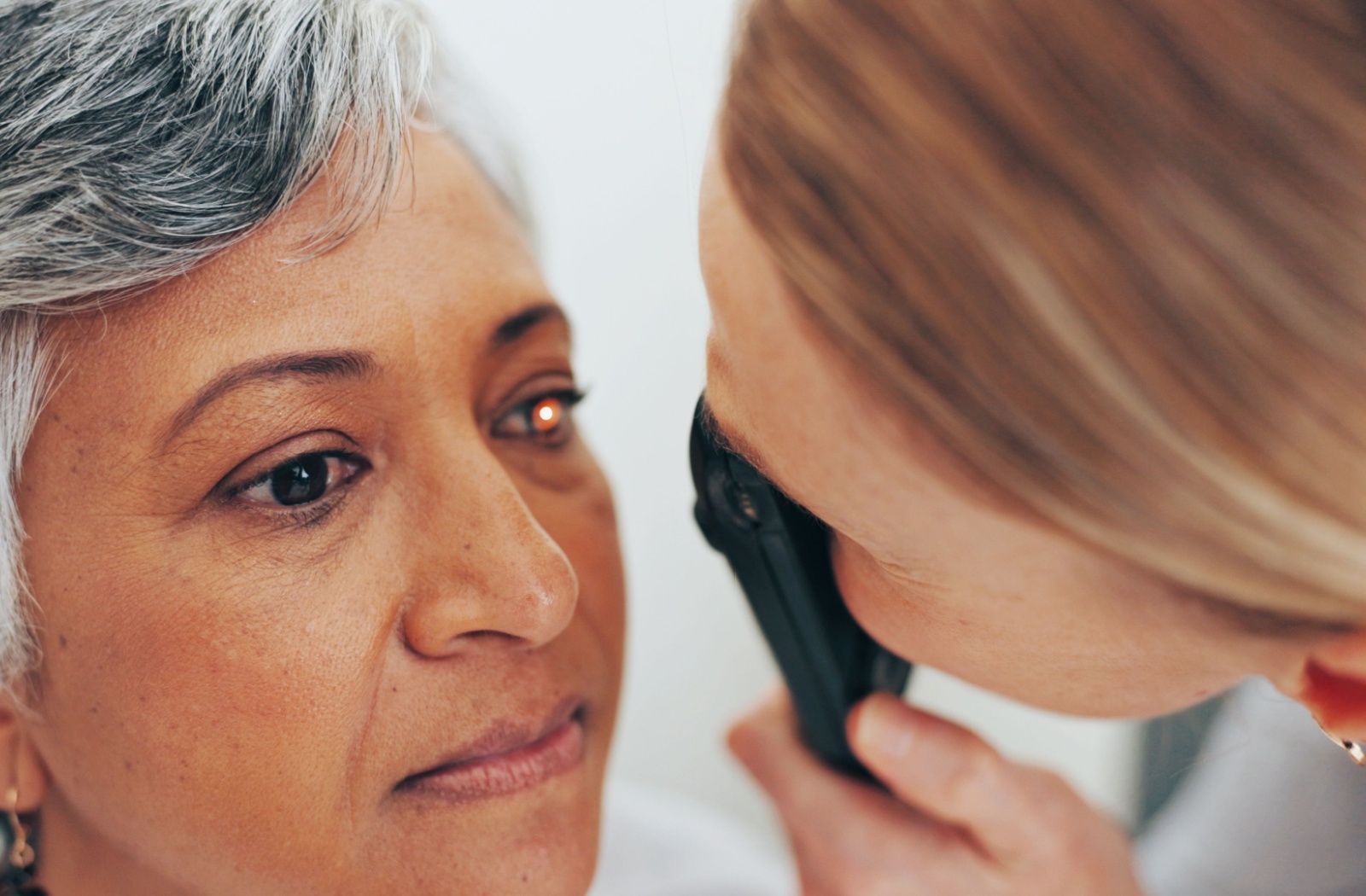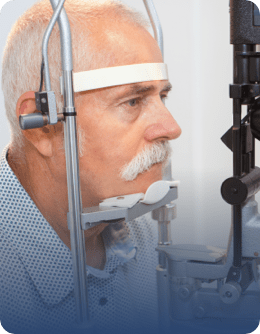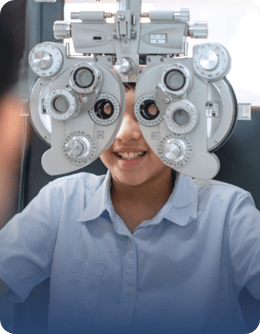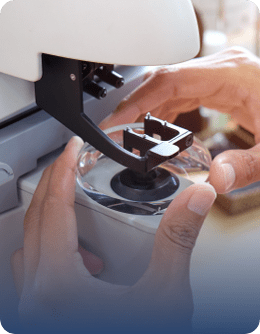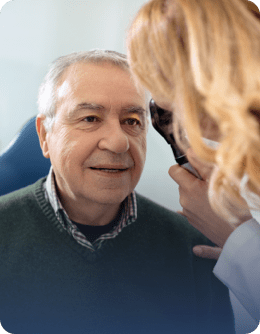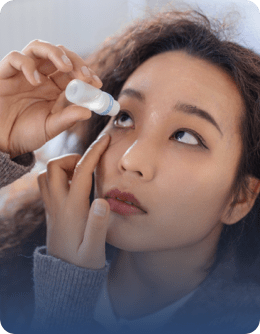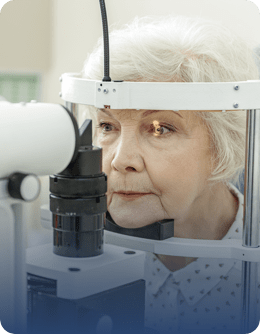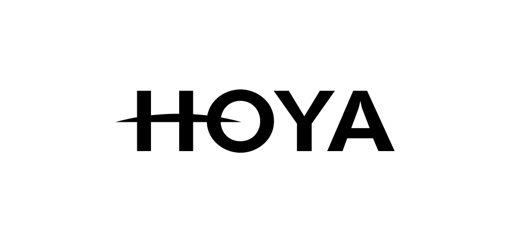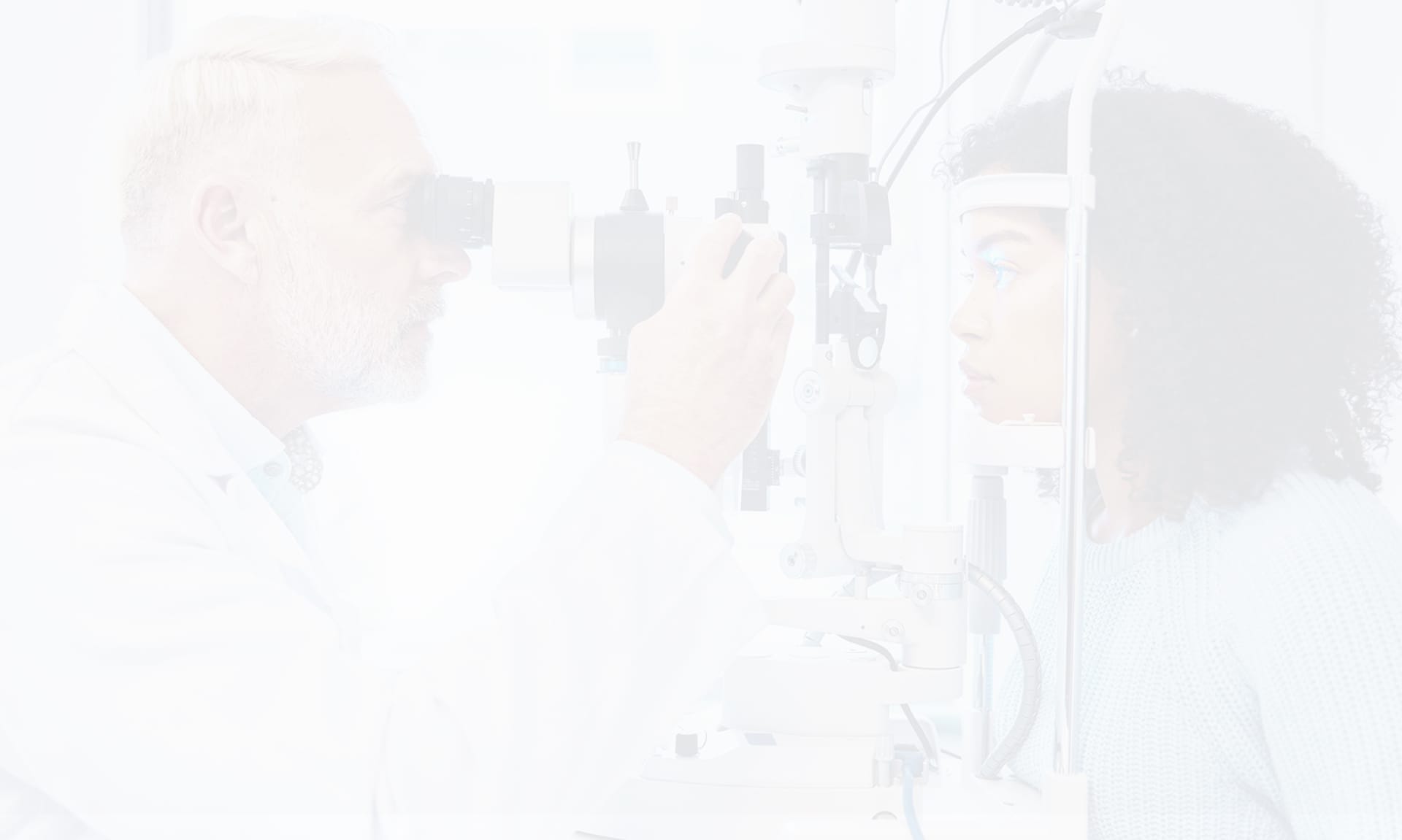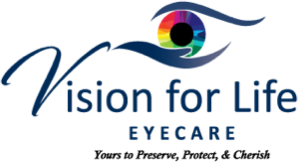As you get older, you might notice changes in your vision. Two common conditions that affect the eyes are glaucoma and cataracts. These conditions are quite different in terms of how they affect your eye health.
Knowing the different symptoms can help you understand what’s happening with your eyes. The key difference is that glaucoma often affects your side vision first, while cataracts cause your entire field of vision to seem cloudy or dim. An optometrist can help you figure out the cause of any vision changes during a regular eye exam.
What Are the Warning Signs of Glaucoma?
Glaucoma is a condition that damages your optic nerve, which is the connection between your eye and your brain. The most common type of glaucoma develops slowly over time without any early pain or discomfort, which is why it’s often called the “silent thief of sight.”
A less common type of glaucoma known as angle-closure glaucoma can appear suddenly, with more obvious and intense signs. When symptoms do appear, they can include:
- Eye pain
- Vision loss
- Seeing halos or rings
- Nausea
- Redness in the eyes
- Headache
What Are the First Signs of Cataracts?
A cataract is a clouding of the natural lens inside your eye. Cataracts usually form over many years, so the changes can be very gradual at first. Eventually, however, daily activities like reading a book or driving at night become more difficult.
Some of the common symptoms of cataracts include:
- Cloudy, blurry, or dim vision
- Colours that look faded or yellowish
- Trouble with vision at night
- Sensitivity to bright lights & glare
- See halos around lights
- Need frequent changes to your glasses prescription
Key Differences in How They Affect Your Vision
The simplest way to tell these conditions apart is by their effect on your vision. Glaucoma affects the flow of information from the eye to the brain, while cataracts affect light coming into the eye. Your optometrist has the tools to check for both during a comprehensive eye exam.
Glaucoma’s Effect on Sight
Glaucoma typically damages your peripheral—or side—vision first.
In the early stages of glaucoma, this might mean you can’t see a person walking up beside you or a car in the next lane. As the condition progresses, your field of vision narrows. In advanced stages, it can feel like you’re looking through a tunnel.
How Cataracts Change Your View
Cataracts make the lens inside your eye cloudy. This causes your vision to become generally blurry and less sharp. The world may seem less vibrant or bright, as if the colour saturation has been turned down.
You might find that streetlights or oncoming headlights have distracting “halos” or starbursts around them, making night driving a challenge. Your vision may seem dull, and colours like blues and purples can be harder to tell apart. Reading signs can become more difficult, even with your glasses on.
Which Is More Serious, Glaucoma or Cataract?
Both conditions are serious and need to be looked at by an optometrist. The main difference lies in what happens with your vision.
Vision loss from glaucoma is permanent, as the damage to the optic nerve cannot be reversed. This is why early detection is so key. Management often involves prescription eye drops or other procedures to lower the pressure inside your eye.
On the other hand, vision lost to cataracts can be restored. Cataract surgery is a common and effective procedure where the cloudy lens is removed and replaced with a clear, artificial one. This can significantly improve the clarity and brightness of your vision.

Why You Need Regular Eye Exams With an Optometrist
You don’t need to wait for symptoms to appear before you have an eye exam. Regular check-ups are a great way to protect your vision as you age. An optometrist is your partner in maintaining your eye health for years to come.
Detect Eye Diseases Early
During a comprehensive eye exam, your optometrist can spot the early signs of glaucoma, cataracts, and other conditions—often before you even notice a problem. We use a variety of instruments and diagnostic technology to look at your optic nerve and the other structures of your eye in order to identify conditions like glaucoma.
Check Your Overall Health
Your eyes can offer a look into your general health, acting as a window to the rest of your body. The tiny blood vessels in the back of your eye can show early changes related to other health issues. An optometrist can sometimes see signs of conditions like high blood pressure or diabetes, which is why services like diabetic eye exams are so important.
Visit Your Optometrist Regularly
The recommended frequency for eye exams changes with age and individual risk factors. Your optometrist may suggest a different schedule based on your personal and family health history. For adults at low risk, the general guidelines suggest:
- Ages 18 to 64: an eye exam every 1–2 years
- Ages 65 or older: an eye exam every year
Understanding the signs of glaucoma and cataracts empowers you to take an active role in your eye care. While they affect your vision differently, the first step for both is a comprehensive eye exam. Our team at Vision for Life Eyecare is here to guide you through your eye care journey, so book your appointment with us today.
